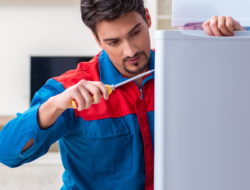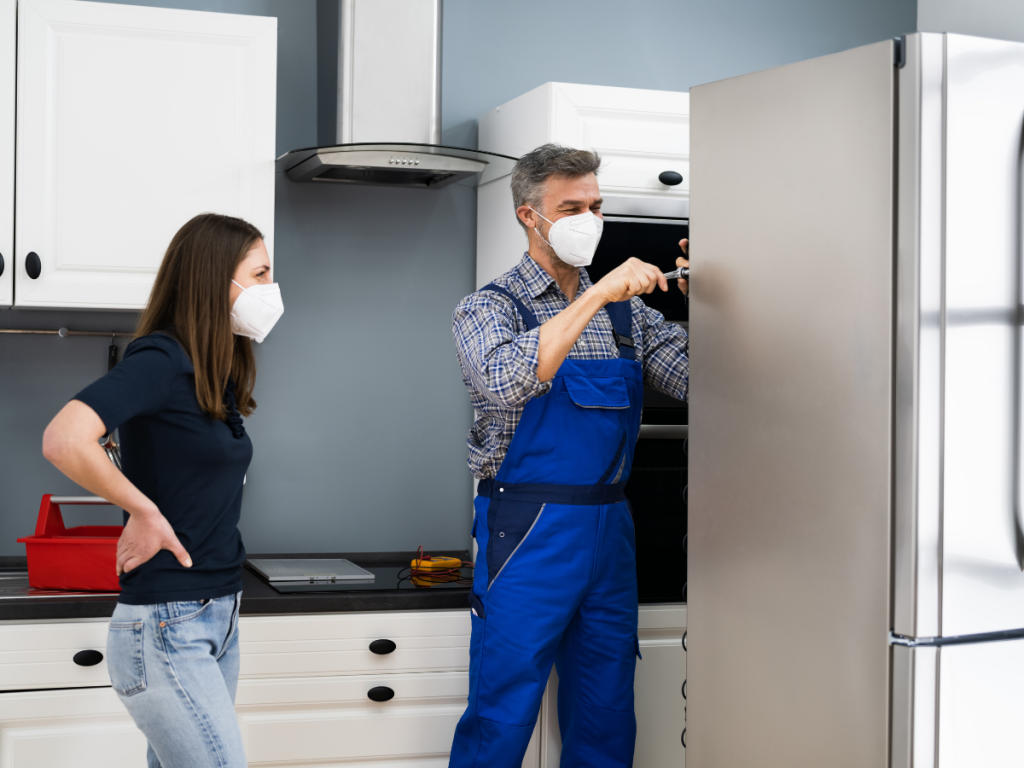
freezer repairs
Is your freezer not cold enough? If you’ve noticed a decrease in the temperature of your freezer, it’s time to investigate. In this guide, you’ll learn about the possible causes of freezer not cold and how to troubleshoot and fix the problem quickly and easily. – Freezer not cold
This is an Alert
The content of this blog is provided for informational purposes only. The information contained on this website is not intended as a substitute for professional appliance repair advice, diagnosis, or treatment. Always seek the advice of a qualified technician with any questions you may have regarding your appliance repair needs. Any DIY repairs or modifications you perform on your appliances are done at your own risk.
Your first step should be to check the condenser coils. These coils are responsible for pulling heat out of the freezer and into the ambient air, so a clogged or dirty coil can mean your food isn’t getting cold enough. To clean the coils, unplug your freezer and carefully remove any dust or debris from the coils using a vacuum cleaner or brush. Watch out for any sharp edges!
If your coils are clean and in good shape, the next step is to check the setting temperature or reset the thermostat. This can be done through the control panel on the outside of the freezer, which will help tell you what temperature it is set for. Adjust the temperature until your food begins to freeze again, or use a digital thermometer to measure the actual internal temperature of your freezer.
Freezer not cold
If you check your thermostat and it appears to be working fine, then the next step is to make sure that the condenser and evaporator fans are clean. Over time, dust or pet fur can accumulate on these components, blocking airflow and preventing the freezer from cooling evenly. Give these parts a good cleaning with a vacuum or brush attachment to clear out any debris.
A worn out or damaged door seal will compromise the temperature control within your freezer, as it will make it more difficult to hold in cold air. Check that the seal is not cracked, torn, or bulging away from the door―this indicates a need for replacement. Make sure the gasket is clean and if needed, apply Vaseline or silicone lubricant to help ensure a tight fit.

